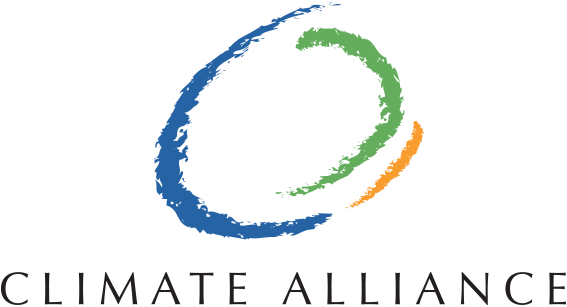The Australian Academy of Science is calling on the Morrison government to accelerate the country’s transition to net zero greenhouse gas emissions in a report that examines what Australia could look like in a 3C world.
The analysis paints a grim picture in which heatwaves in states such as Queensland would occur seven times a year and last for 16 days at a time, and unprecedented fire seasons such as the 2019-20 fire disaster become a regular occurrence.






